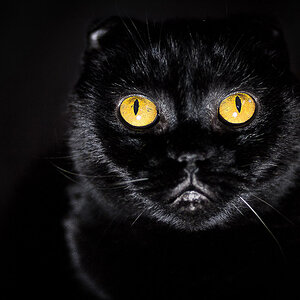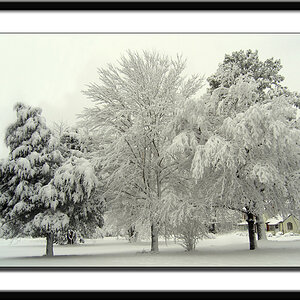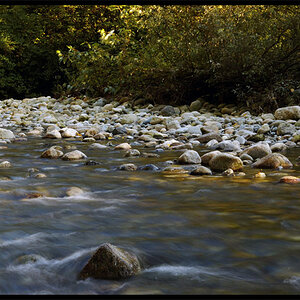mjhoward
TPF Noob!
- Joined
- Sep 22, 2010
- Messages
- 2,014
- Reaction score
- 414
- Location
- Bowling Green, KY
- Website
- www.michaeljeremie.com
- Can others edit my Photos
- Photos OK to edit
Thought I would share this for those that may not have seen this article or the technique before. I thought it was pretty interesting.
http://www.bangstyle.com/2012/08/david-johnson-long-exposure-fireworks/
Basically it's a technique for photographing fireworks displays that involves adjusting the focus during a long exposure to get some interesting effects.
http://www.bangstyle.com/2012/08/david-johnson-long-exposure-fireworks/
Basically it's a technique for photographing fireworks displays that involves adjusting the focus during a long exposure to get some interesting effects.



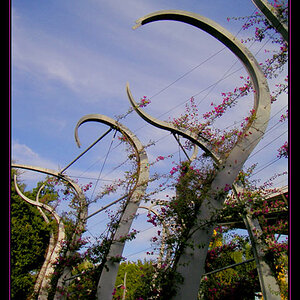
![[No title]](/data/xfmg/thumbnail/35/35266-f58b019dadff6920c09071a847f052c3.jpg?1619736970)
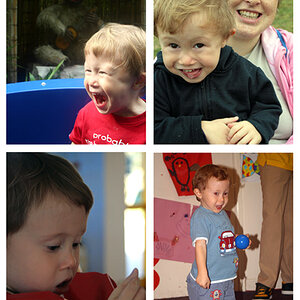
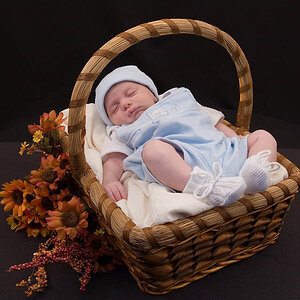
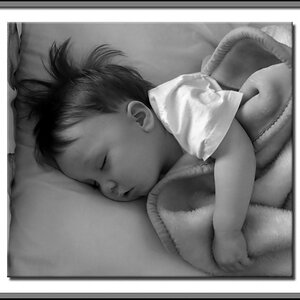
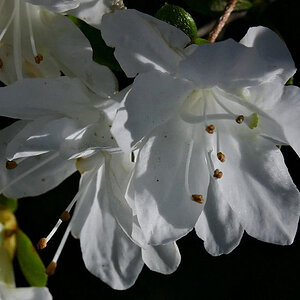
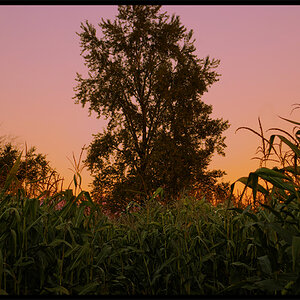
![[No title]](/data/xfmg/thumbnail/37/37540-73002ccb910b97978bc38658622a34d3.jpg?1619738133)
